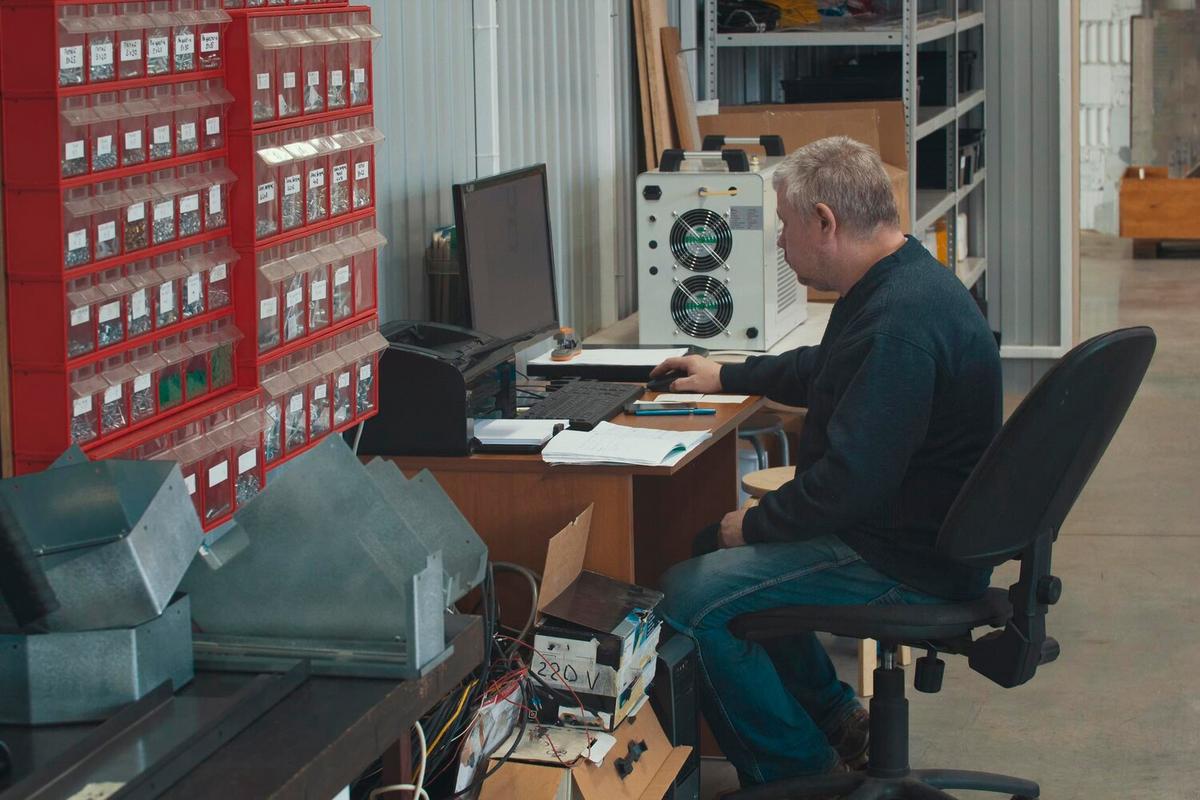The financial landscape is undergoing a transformative shift with the advent of decentralized finance, commonly known as DeFi. This revolutionary approach leverages blockchain technology to offer financial services without traditional intermediaries, promising a more accessible and transparent financial system.
Understanding the Basics of DeFi
Decentralized Finance, or DeFi, refers to a system where financial products are available on a public decentralized blockchain network, making them open to anyone without needing to go through intermediaries like banks or brokerages. According to a report by DeFi Pulse, the total value locked in DeFi protocols has exceeded $100 billion, highlighting its rapid growth and adoption.
The Rise of DeFi: Key Drivers
The growth of DeFi can be attributed to several factors, including increased transparency, accessibility, and potential for innovation. Blockchain technology allows for immutable and transparent transactions, which builds trust among users. Additionally, DeFi platforms offer accessibility to anyone with an internet connection, removing barriers that exist in traditional finance.
Expert Insights
Many industry experts, such as Vitalik Buterin, co-founder of Ethereum, emphasize the potential of DeFi to democratize finance. In a recent interview, Buterin stated, “DeFi has the power to provide financial services to billions of unbanked individuals worldwide.”
Real-World Examples
Consider the story of Mike, a small business owner in a developing country who lacked access to traditional loans. Through a DeFi lending platform, Mike was able to secure a loan using cryptocurrency as collateral, enabling him to expand his business without the need for a credit history.
How to Get Started with DeFi
- Research: Begin by understanding the different DeFi platforms and their offerings. Websites like CoinGecko provide valuable insights and comparisons.
- Wallet Setup: Choose a cryptocurrency wallet that supports DeFi applications, such as MetaMask.
- Start Small: Invest small amounts initially to understand the dynamics of DeFi platforms.
Comparison of Traditional Finance vs. DeFi
| Feature | Traditional Finance | DeFi |
|---|---|---|
| Access | Limited by geographical and regulatory factors | Open to anyone with internet access |
| Transparency | Opaque, reliant on third-party audits | Transparent, with on-chain data |
| Intermediaries | Required for transactions | Peer-to-peer transactions |
| Security | Subject to institutional risks | Blockchain-based security |
| Fees | Higher fees due to intermediaries | Lower fees, often just network costs |
| Speed | Days for settlement | Minutes to hours |
| Innovation | Slow adoption of new technologies | Rapid innovation and new services |
| Regulation | Highly regulated | Emerging regulatory landscape |
FAQs
What are some common DeFi applications?
Common DeFi applications include decentralized exchanges, lending platforms, and stablecoins.
Is DeFi safe?
While DeFi offers many advantages, it is essential to be cautious and conduct due diligence, as the space can be prone to hacks and scams.
How can I start investing in DeFi?
To start investing in DeFi, you need a cryptocurrency wallet and some funds to invest. Research and choose a platform that suits your investment goals.
Conclusion
Decentralized Finance is not just a trend but a significant shift in the way financial services are perceived and utilized. By removing intermediaries and leveraging blockchain technology, DeFi offers a promising alternative to traditional finance. As you explore this new frontier, remember to stay informed and cautious, ensuring a balanced approach to this innovative financial ecosystem. For further reading, explore resources like DeFi Pulse and CoinGecko to stay updated on the latest developments.




Leave a Reply